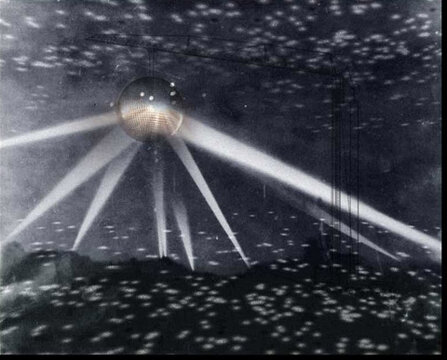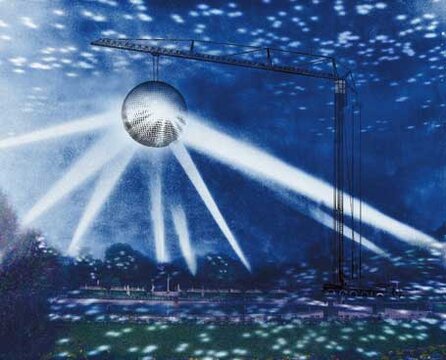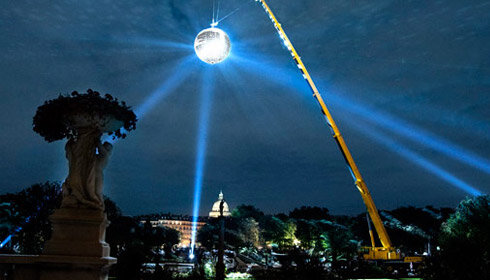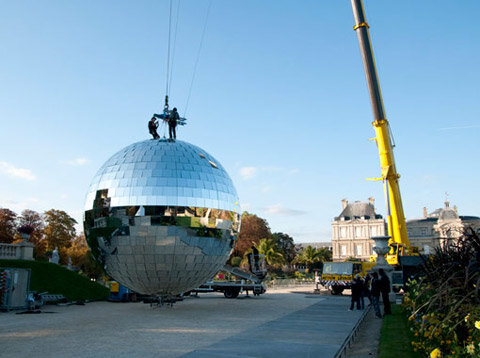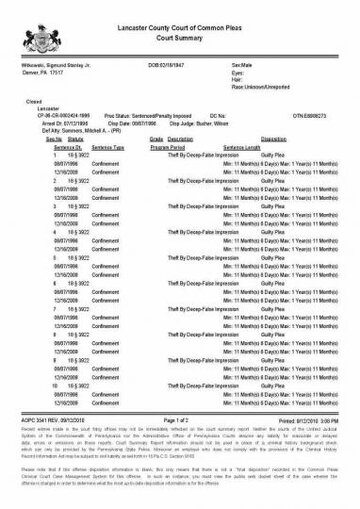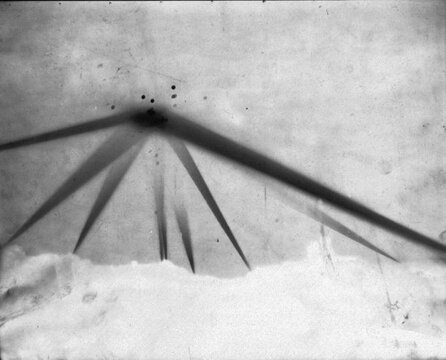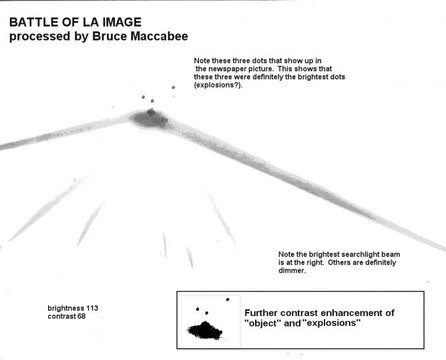The fact that the beams basically do not get past the "object" (there is some
faint evidence of beams above the object),
whatever was at the beam convergence
must have been optically quite dense. If there was a lot of smoke swirling around
the volume of air illuminated by the beams, I would expect to see variations
in bream brightness (brighter where there was smoke). There are variations,
but they are uniform and agree with the distance (from the searchlight) and
width of the beam. That is, the variations are consistent with each beam getting
dimmer as it travels away from the searchlight.
IF there were smoke within
any beam it should cause an increase in scattered light where there
is smoke (which is how we see the beams anyway... light bounced or
scattered from dust or smoke particles in the air).
The beams are quite bright before they reach the "object" and zero or nearly
zero afterward. Just how much optical density of smoke this requires I do not know.
However, certainly a solid metallic object would be sufficient to block the beams.
Bruce Maccabee :
THE BATTLE OF LOS ANGELES <----- very concise and to the point, worth a read.

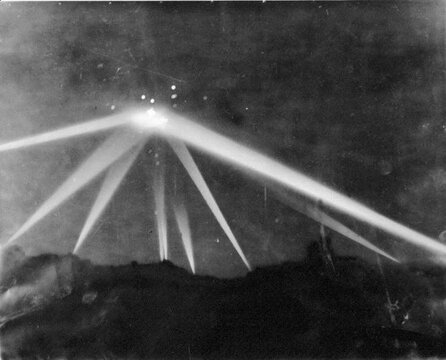
 Can't wait for the movie !!!
Can't wait for the movie !!!
